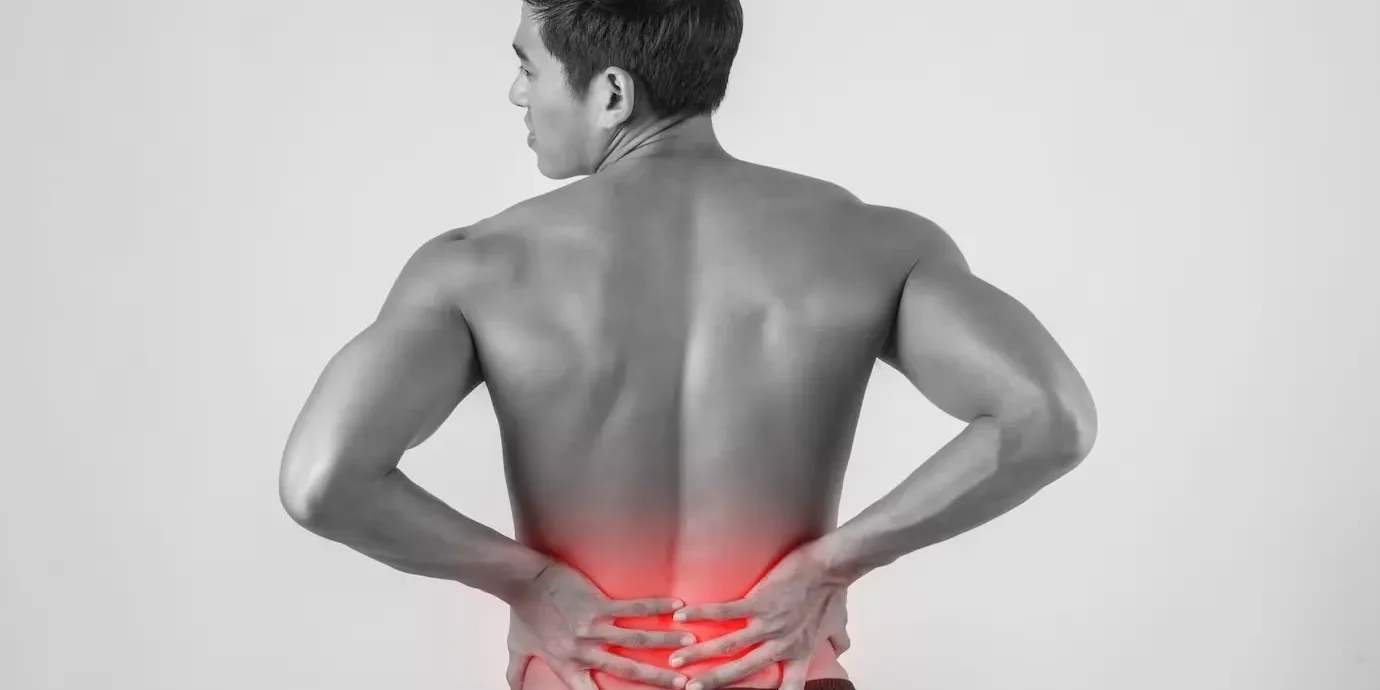Best Neurosurgeon in Pakistan treat a large number of problems with the lumbar spine (lower back). The more common ones include prolapsed intervertebral disc (slipped disc), spinal canal stenosis, and spinal tumors.
Prolapsed Intervertebral Disc (Slipped Disc)
As we age, the intervertebral discs in our spine undergo wear and tear, which can lead to a condition known as a prolapsed intervertebral disc, often referred to as a “slipped disc.” In this condition, the discs may bulge backward and exert pressure on a spinal nerve root, resulting in various symptoms.
Among these symptoms, sciatica stands out, characterized by intense leg pain that can radiate from the lower back down to the foot. Additionally, back pain may also be present, along with weakness and sensory loss in the affected leg.
In some cases, there might be associated issues with bladder and bowel function. The use of magnetic resonance imaging (MRI) can effectively visualize the disc’s condition. For severe cases, a microdiscectomy, a minimally invasive surgical procedure, may be performed to remove the problematic disc and alleviate the compression on the nerve root.
Spinal Stenosis
Spinal stenosis is a progressive narrowing of the bony canal that houses the spinal nerves in the lumbar spine. This narrowing occurs due to the gradual degeneration of bones and ligaments that takes place with aging.
The constriction of the canal can lead to compromised blood supply to the spinal nerves, resulting in leg pain, weakness, and sensory changes. These symptoms are often exacerbated after walking or physical activity. Magnetic resonance imaging (MRI) is an essential tool for diagnosing this condition.
In cases where conservative treatments do not suffice, a surgical procedure called lumbar laminectomy can be employed. This procedure involves the removal of a portion of the bone to alleviate the pressure on the affected nerves and restore functionality.
Lumbar Spinal Tumors
Although relatively uncommon, various growths and tumors can develop within the lumbar spine. These tumorous growths can elicit a range of symptoms, including persistent low back pain, leg pain, weakness in the legs, and altered sensations.
More concerning, bladder and bowel dysfunction might also arise due to the pressure exerted by the tumor on the nearby nerve structures. Magnetic resonance imaging (MRI) plays a pivotal role in detecting and visualizing these tumors.
Surgical intervention, such as a laminectomy, might be warranted to remove the tumor and alleviate the compression on the nerves. Prompt diagnosis and treatment are vital to managing these conditions effectively and improving the patient’s quality of life.
In summary, conditions affecting the lumbar spine, such as prolapsed intervertebral discs, spinal stenosis, and spinal tumors, can lead to a range of symptoms including pain, weakness, and sensory changes. Modern medical imaging techniques like MRI aid in accurate diagnosis, enabling medical professionals to choose the most appropriate treatment path. While conservative approaches are often explored initially, surgical interventions like microdiscectomy and lumbar laminectomy can offer relief and improved functionality for patients experiencing severe symptoms. Regular medical check-ups and prompt intervention are essential in managing these conditions and optimizing long-term outcomes.






